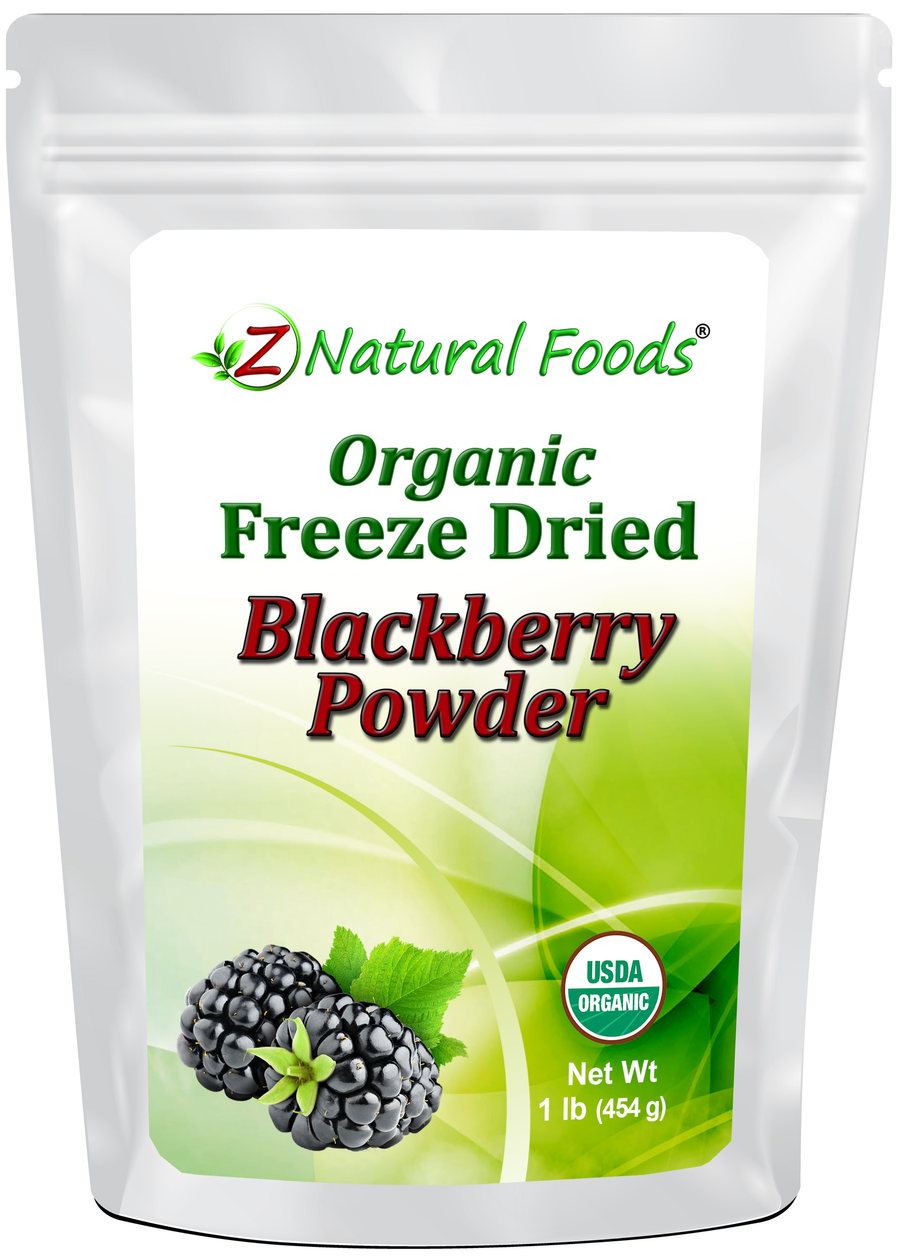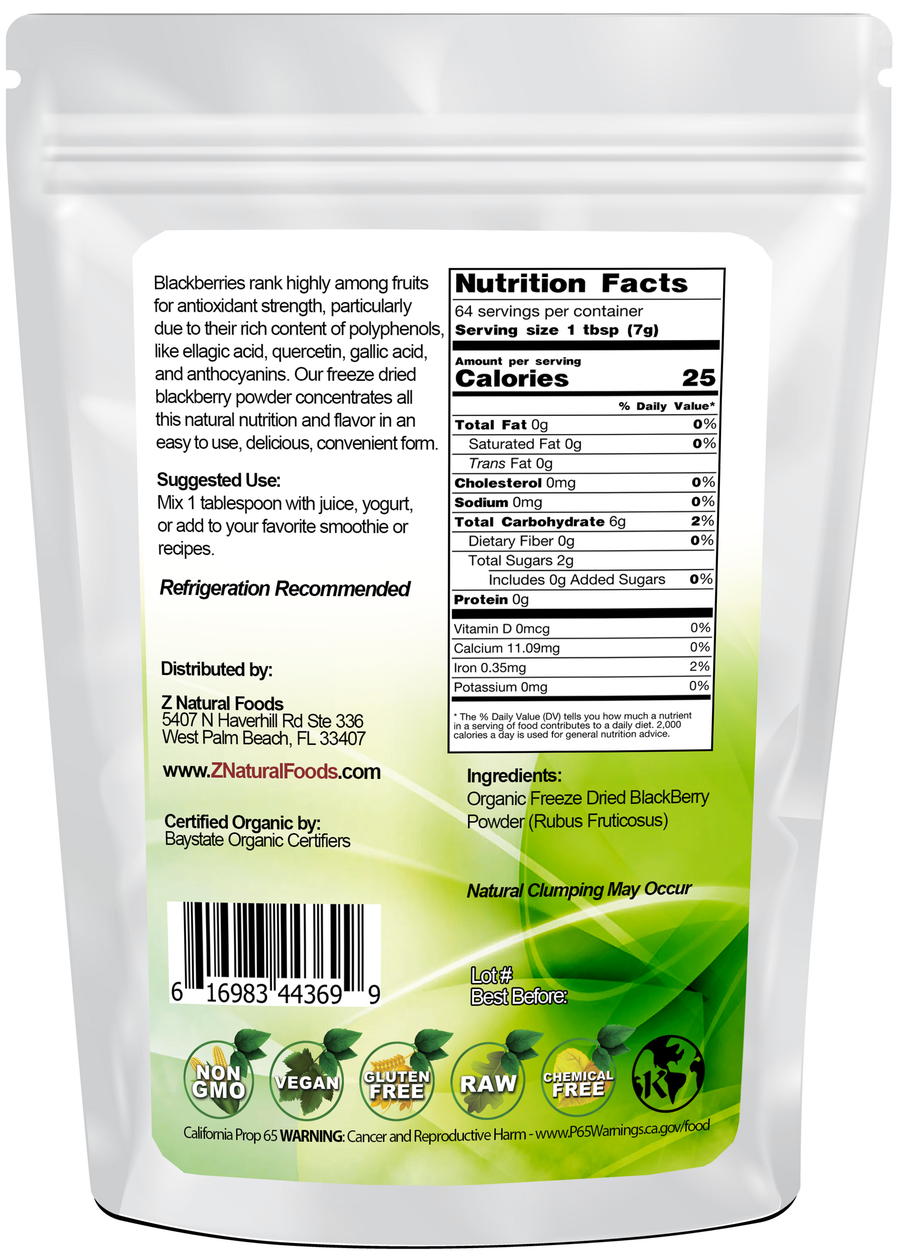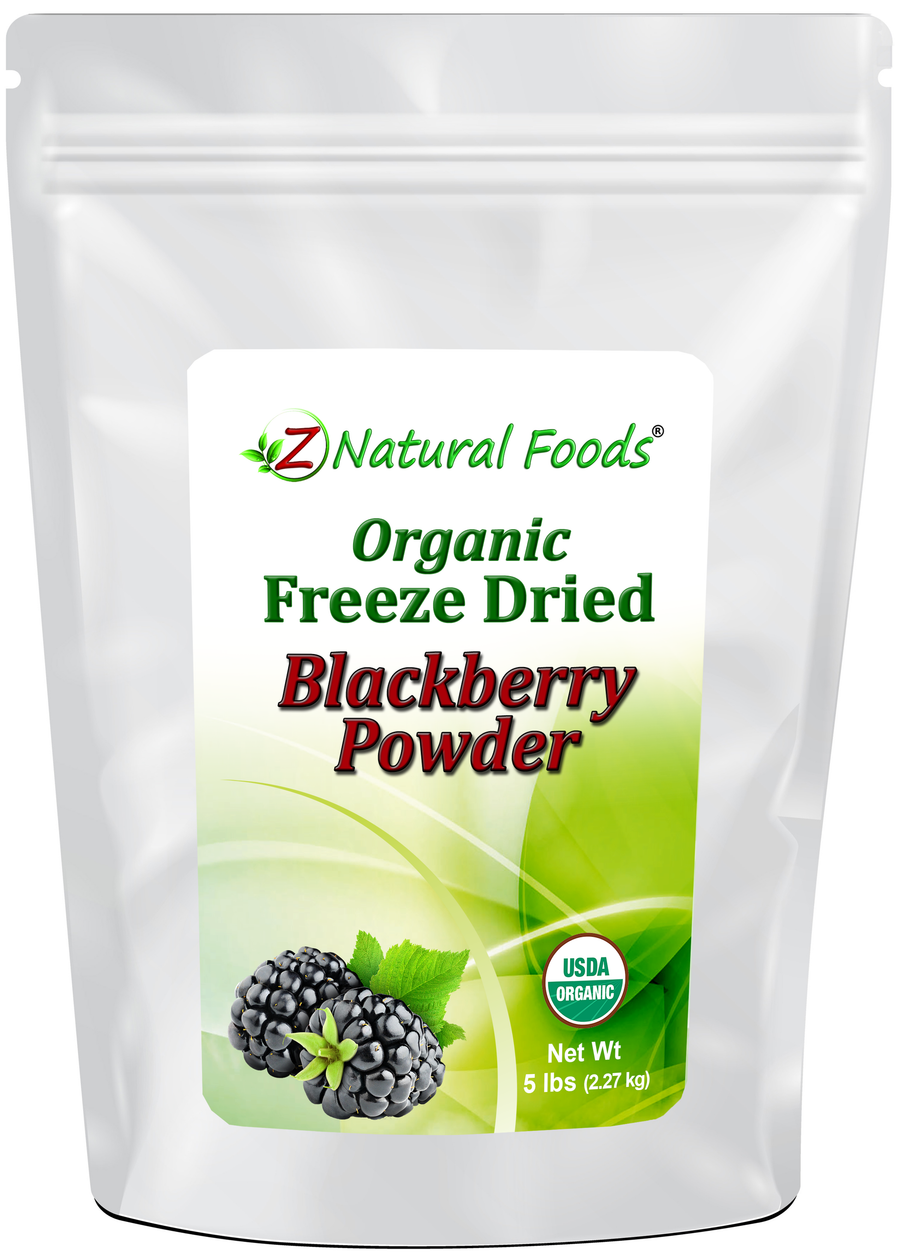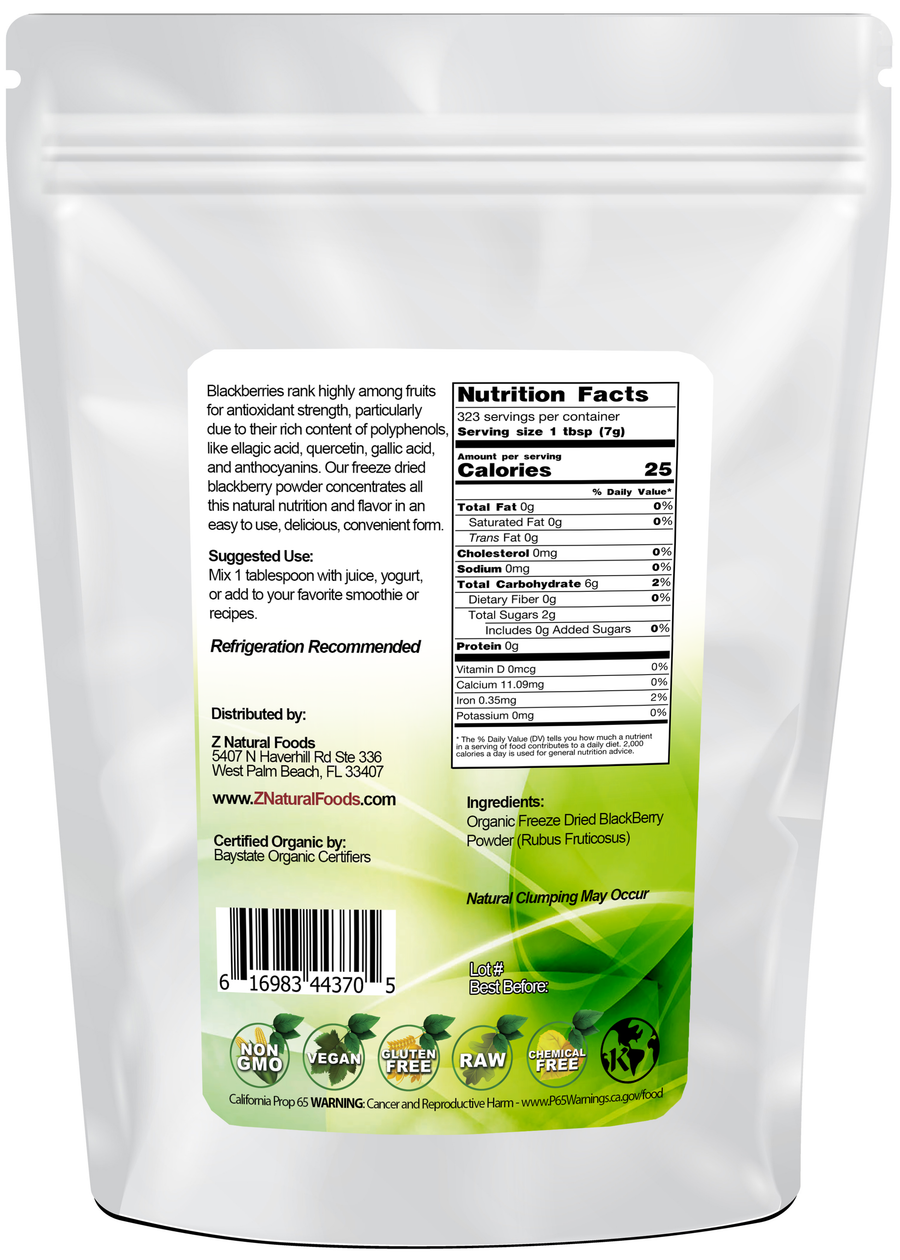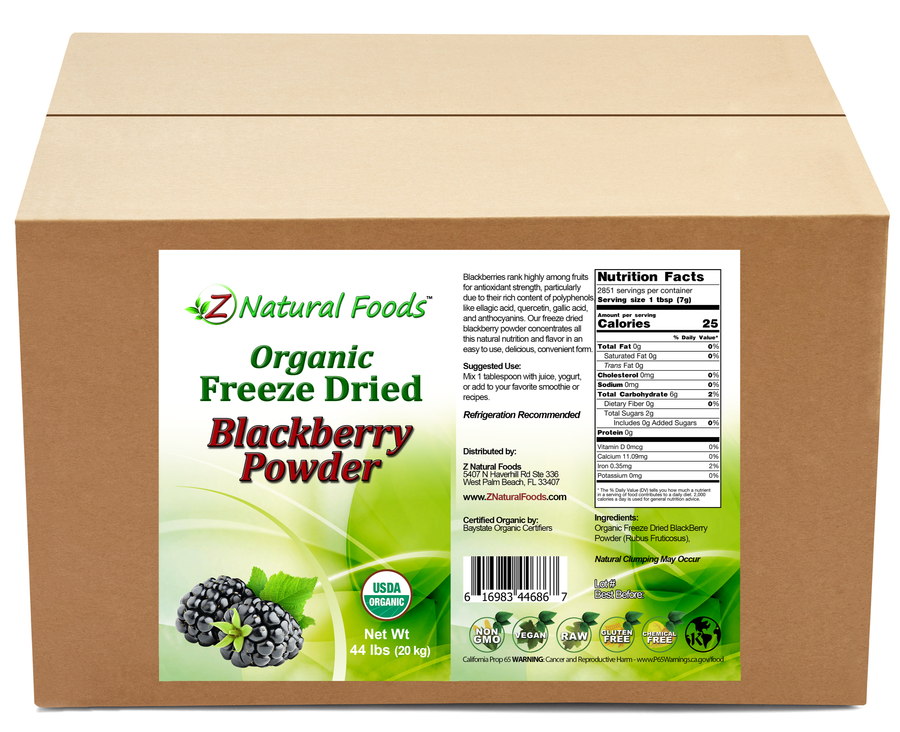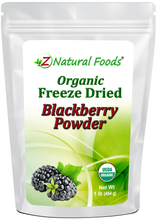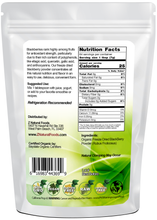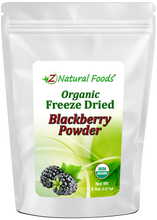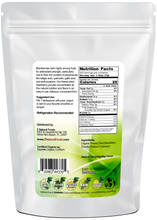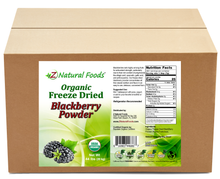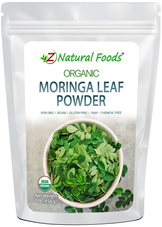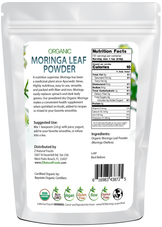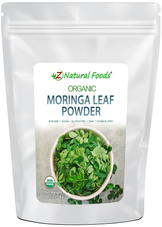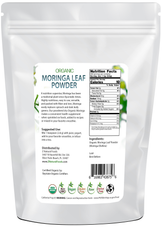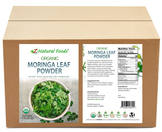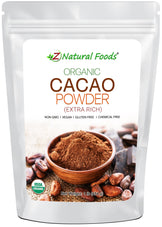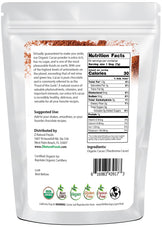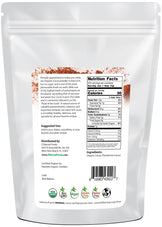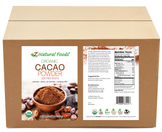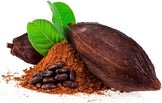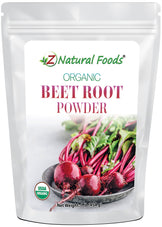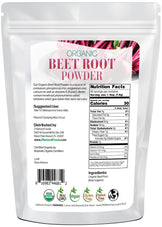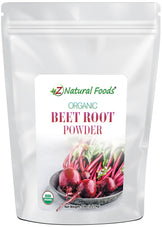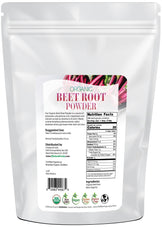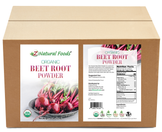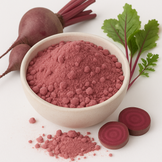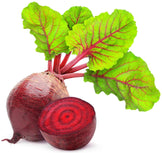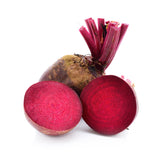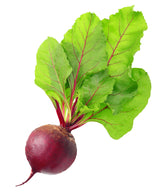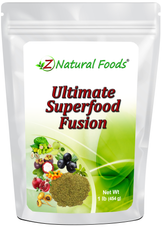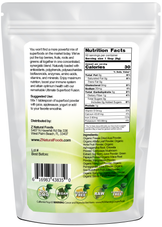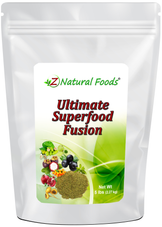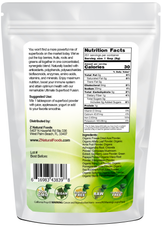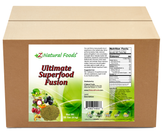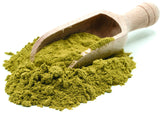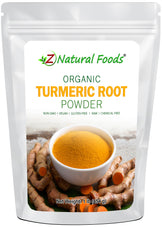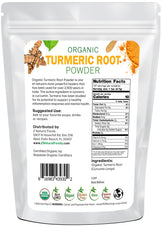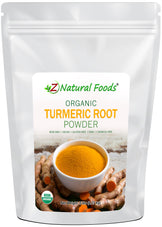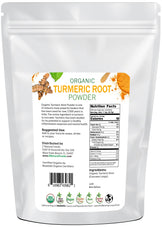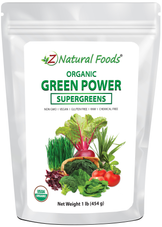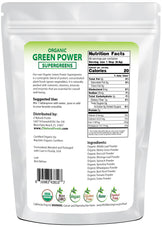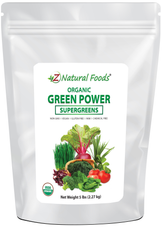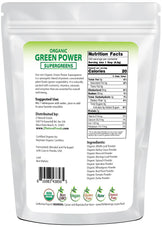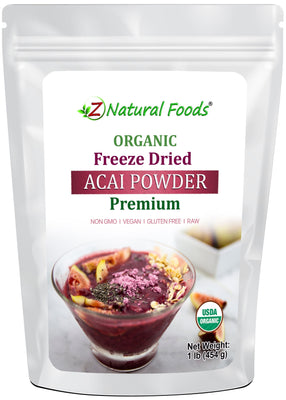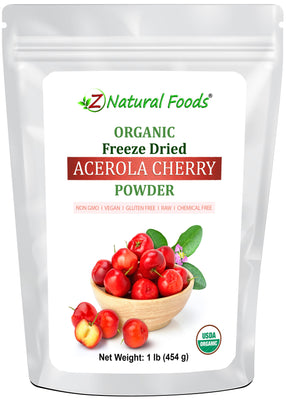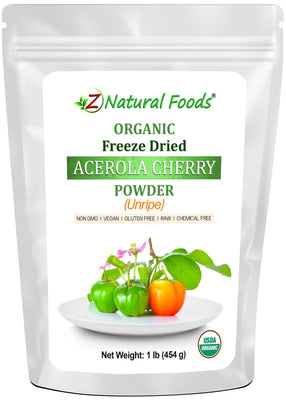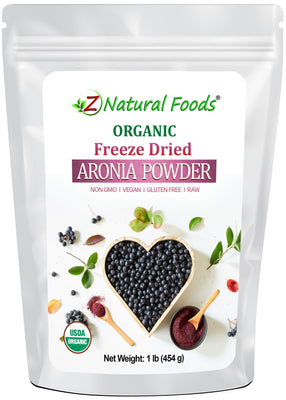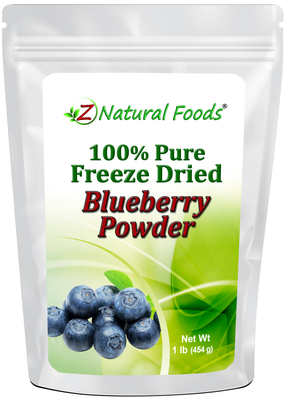About Product
Blackberry Powder has a rich flavor and vibrant color, made from carefully dried and ground blackberries. This versatile ingredient brings a naturally sweet and tangy taste to smoothies, teas, baked goods, jams, and more. With its deep purple hue and fruity aroma, blackberry powder adds both flavor and visual appeal to your favorite recipes. Perfect for mixing into beverages or sprinkling into culinary creations, it’s a convenient way to enjoy the essence of ripe blackberries year-round.
Taste, smell, texture, and color may vary from batch to batch: Due to its nature, this powder tends to clump. If clumping occurs, lay the bag on a flat surface and place a towel over the bag. Then pound on the bag until the clumps break up. The towel will help protect the bag from damage. Push as much air as possible before sealing the pouch and store in the refrigerator or freezer to further reduce clumping.
Suggested Use: Mix one tablespoon with juice and yogurt, or add to your favorite smoothie or recipes.
Mixing suggestion: To increase flavor and nutritional profile, combined with our organic blueberry, strawberry, and raspberry powders.
Miscellaneous Facts about our raw, organic, freeze-dried Blackberry Powder
Certifications: Certified USDA Organic.
Ingredients: Organic Freeze-Dried Blackberry Fruit.
Parts Used: Whole Blackberry.
Botanical Name: Rubus fruticosus.
Other Names: Scaldhead, Himalayan blackberry, brambles.
Origin: Grown and dried in Chile and packaged with care in Florida, USA.
How to Maintain Optimum Freshness
- This product is packaged in airtight stand-up, resealable foil pouches for optimum freshness.
- Once opened, push the air out of the pouch before resealing it to preserve maximum potency.
- Keep your powder in a cool, dark, dry place.
This product is 100% natural and minimally processed:
Taste, smell, texture, and color vary from batch to batch. Go here to learn why our products may naturally vary.
The important protections we take to bring you safe and nutritious superfoods:
Please go here to discover the essential steps we take to deliver fresh, quality nutrition.
Bulk Quantities?
Need to order a large quantity of our products? We are happy to help! Please get in touch with our Bulk department to discuss the details.
* Product packaging, pictures, and origin may vary.
Sources & References
1. Shorter Oxford English dictionary, 6th ed. United Kingdom: Oxford University Press. 2007. p. 3804. ISBN 0199206872.
2. a b c d Huxley, A., ed. (1992). New RHS Dictionary of Gardening. Macmillan ISBN 0-333-47494-5.
3. a b c d Gerard Krewer, Marco Fonseca, Phil Brannen, Dan Horton, 2004. Home Garden:Raspberries, Blackberries Cooperative Extension Service/The University of Georgia College of Agricultural and Environmental Sciences
4. Blamey, M. & Grey-Wilson, C. (1989). Flora of Britain and Northern Europe. ISBN 0-340-40170-2.
5. David L. Green 1996-2010. The Pollination Home Page
6. Fedriani, JM, Delibes, M. 2009. Functional diversity in fruit-frugivore interactions: a field experiment with Mediterranean mammals. Ecography 32: 983 - 992.
7. Dyer, M. (2010). What Are The Health Benefits Of Blackberries?
8. Ahn D, Putt D, Kresty L, Stoner GD, Fromm D, Hollenberg PF. (1996). "The effects of dietary ellagic acid on rat hepatic and esophageal mucosal cytochromes P450 and phase II enzymes". Carcinogenesis 17 (4): 821"“828. doi:10.1093/carcin/17.4.821. PMID 8625497.
9. Lesca, P. (1983). Protective effects of ellagic acid and other plant phenols on benzo[a]pyrene-induced neoplasia in mice.
10. Papoutsi Z. Kassi E. Tsiapara A. Fokialakis N. Chrousos GP. Moutsatsou P. (2005). "Evaluation of estrogenic/antiestrogenic activity of ellagic acid via the estrogen receptor subtypes ERalpha and ERbeta". Journal of Agricultural & Food Chemistry 53 (20): 7715. doi:10.1021/jf0510539.
11. Wada L, Ou B (June 2002). "Antioxidant activity and phenolic content of Oregon caneberries". Journal of Agricultural and Food Chemistry 50 (12): 3495"“500. doi:10.1021/jf011405l. PMID 12033817.
12. Hager TJ, Howard LR, Liyanage R, Lay JO, Prior RL (February 2008). "Ellagitannin composition of blackberry as determined by HPLC-ESI-MS and MALDI-TOF-MS". Journal of Agricultural and Food Chemistry 56 (3): 661"“9. doi:10.1021/jf071990b. PMID 18211030.
13. Halvorsen BL, Carlsen MH, Phillips KM, et al. (July 2006). "Content of redox-active compounds (ie, antioxidants) in foods consumed in the United States". The American Journal of Clinical Nutrition 84 (1): 95"“135. PMID 16825686.
14. Bushman BS, Phillips B, Isbell T, Ou B, Crane JM, Knapp SJ (December 2004). "Chemical composition of caneberry (Rubus spp.) seeds and oils and their antioxidant potential". Journal of Agricultural and Food Chemistry 52 (26): 7982"“7. doi:10.1021/jf049149a. PMID 15612785.
15. "Blackerry Production in Oregon". Northwest Berry & Grape Information Network. Retrieved 1996-02-04.
16. "Oregon Berry Production". United States Department of Agriculture, National Agricultural Statistics Service, Oregon Field Office. Retrieved 2011-06-27.
17. Evergreen blackberry, Oregon Raspberry and Blackberry Commission.
18. Marionberry, Oregon Raspberry and Blackberry Commission.
19. Thornless processing blackberry cultivars, Horticultural Crop Research, Agricultural Research Service, US Department of Agriculture
20. Vincent, Christopher I. (2008). Yield Dynamics of Primocane-fruiting Blackberries Under Hightunnels and Ambient Conditions, Including Plant Growth Unit Estimations and Arthropod Pest Considerations. ProQuest. p. 2. ISBN 0549964754. Retrieved November 12, 2012.
21. Antunes, L.E.C. & Rassieira, M.C.B. (2004). Aspectos Técnicos da Cultura da Amora-Preta. ISSN 1516-8840.
22. Bradley, Fern Marshall; Ellis, Barbara W.; Martin, Deborah L. (2010). The Organic Gardener's Handbook of Natural Pest and Disease Control: A Complete Guide to Maintaining a Healthy Garden and Yard the Earth-Friendly Way. Rodale, Inc. p. 51. ISBN 1605296775. Retrieved November 12, 2012.
23. "Growing Raspberries & Blackberries". cals.uidaho.edu. p. 29. Retrieved 2012-11-13.
24. Controlling diseases of raspberries and blackberries. United States. Science and Education Administration. 1980. p. 5. Retrieved November 12, 2012.
25. Waite, Merton Benway (1906). Fungicides and their use in preventing diseases of fruits. U.S. Dept. of Agriculture. p. 243. Retrieved November 12, 2012.
26. "Bordeaux Mixture". ucdavis.edu. June 2010. Retrieved 2012-11-13.
27. a b Ensminger, Audrey H. (1994). Foods and Nutrition Encyclopedia: A-H. p. 215. ISBN 9780849389818. Retrieved November 12, 2012.
28. Shrock, Denny (2004). Home Gardener's Problem Solver: Symptoms and Solutions for More Than 1,500 Garden Pests and Plant Ailments. Meredith Books. p. 352. ISBN 0897215044. Retrieved November 12, 2012.
29. a b Doug Walsh. "Spotted Wing Drosophila Could Pose Threat For Washington Fruit Growers". sanjuan.wsu.edu. Retrieved 2012-11-12.
30. Hill, Dennis S. (1987). Agricultural Insect Pests of Temperate Regions and Their Control. Cambridge University Press. p. 228. ISBN 0521240131. Retrieved November 12, 2012.
31. The Review of Applied Entomology: Agricultural, Volume 18. CAB International. 1931. p. 539. Retrieved November 12, 2012.
32. R. L. Blackman, V. F. Eastop and M. Hills (1977). Morphological and cytological separation of Amphorophora Buckton (Homoptera: Aphididae) feeding on European raspberry and blackberry ( Rubus spp.). Bulletin of Entomological Research, 67, pp 285-296 doi:10.1017/S000748530001110X.
33. Squire, David (2007). The Garden Pest & Diseases Specialist: The Essential Guide to Identifying and Controllong Pests and Diseases of Ornamentals, Vegetables and Fruits. New Holland Publishers. p. 39. ISBN 1845374851. Retrieved November 12, 2012.
34. Historic-UK.com Michaelmas Facts.
35. Black Country Bugle - Michaelmas History and Traditions.
36. http://ndb.nal.usda.gov/ndb/foods/show/2210?fg=&man=&lfacet=&count=&max=35&sort=&qlookup=blackberry&offset=&format=Full&new=&measureby=
37. http://ndb.nal.usda.gov/ndb/foods
* Reviews & Success Stories Disclaimer
Product reviews solely reflect the views and opinions expressed by the contributors and not those of Z Natural Foods. Z Natural Foods does not verify or endorse any claims made in these reviews. Statements have not been evaluated by the FDA and are not intended to diagnose, treat, cure, or prevent any disease or health condition.REFERRAL PROGRAM
Share your personal link to your friends and welcome them with rewards. Claim yours when they make their first purchase.

GIVE
$10 off discount

GET
$10 off discount
